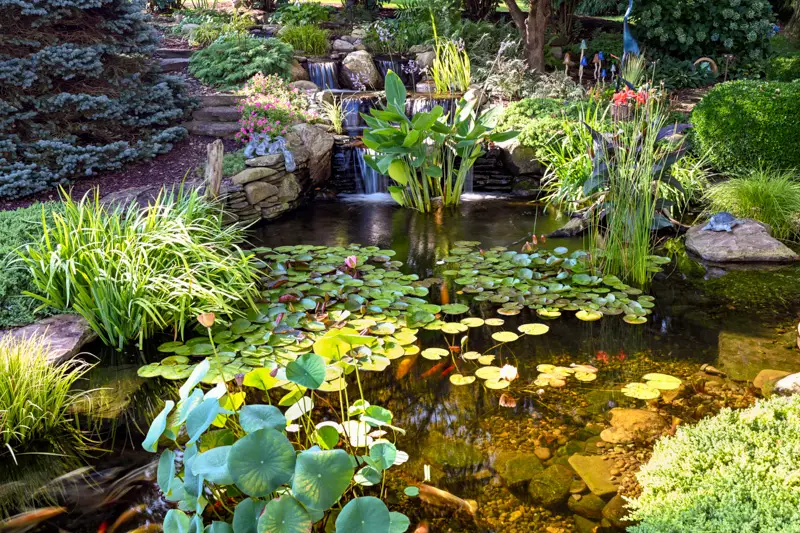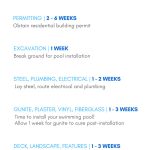Maintaining a clear pond is essential for the health and beauty of your aquatic ecosystem. A clear pond not only looks visually appealing but also provides a healthy environment for fish, plants, and other pond inhabitants to thrive. Whether you have a small backyard pond or a large water feature, there are several effective ways to keep the water clear and clean.

Credit: www.yardfocus.com
1. Proper Filtration System
Installing a good filtration system is the foundation of keeping your pond water clear. There are different types of pond filters available, such as biological filters, mechanical filters, and UV clarifiers. Biological filters help to break down organic waste, mechanical filters remove debris, and UV clarifiers kill algae and harmful bacteria.
2. Regular Water Testing
Testing your pond water regularly is crucial to ensure that the water parameters are within the ideal range. Factors such as pH, ammonia, nitrites, and nitrates levels can impact water clarity and the health of your pond inhabitants. Use a water testing kit to monitor these parameters and make necessary adjustments as needed.

Credit: www.wikihow.com
3. Adequate Aeration
Adequate aeration is essential for maintaining oxygen levels in the pond and promoting the breakdown of organic matter. Installing a pond aerator or fountain can help to increase oxygen levels, prevent stagnation, and promote beneficial bacteria growth. Proper aeration also helps to reduce algae growth and improve overall water quality.
4. Regular Cleaning
Regularly cleaning your pond is key to preventing the buildup of debris, algae, and organic matter. Remove any fallen leaves, twigs, and other debris from the surface of the water. Trim back overgrown plants and remove any decaying vegetation to prevent nutrient buildup and algae growth.
5. Beneficial Plants
Adding aquatic plants to your pond not only enhances its beauty but also helps to maintain water clarity. Plants such as water lilies, water hyacinths, and hornwort can absorb excess nutrients, provide shade, and compete with algae for resources. Consider incorporating a variety of plants to create a balanced ecosystem.
6. Fish Management
Proper fish management is essential for maintaining water quality in your pond. Avoid overstocking your pond with fish, as excess fish waste can lead to poor water quality and algae blooms. Feed your fish sparingly and remove any uneaten food to prevent nutrient buildup in the water.
7. Beneficial Bacteria
Introducing beneficial bacteria into your pond can help to break down organic waste, reduce ammonia levels, and prevent algae growth. Consider using a bacterial supplement specifically designed for ponds to establish a healthy microbial balance and improve water clarity.
8. Shading and Coverage
Providing adequate shading and coverage in your pond can help to regulate water temperature, reduce algae growth, and protect fish from predators. Consider adding floating plants, water lilies, or installing a pond net to provide shade and shelter for your pond inhabitants.
9. Control Algae Growth
Algae growth is a common issue in ponds and can lead to cloudy water and poor water quality. To control algae growth, limit sunlight exposure by providing shading, reduce nutrient levels through regular cleaning and maintenance, and consider using algaecides or barley straw to inhibit algae growth.
10. Regular Maintenance Schedule
Creating a regular maintenance schedule for your pond will help you stay on top of necessary tasks and ensure that your pond remains clear and healthy. Schedule routine water changes, filter cleanings, plant maintenance, and water testing to maintain optimal water quality and clarity.
By following these tips and implementing effective pond management practices, you can enjoy a clear and beautiful pond that provides a thriving habitat for fish, plants, and other aquatic life. Remember that consistency and diligence are key to maintaining a healthy pond ecosystem.





